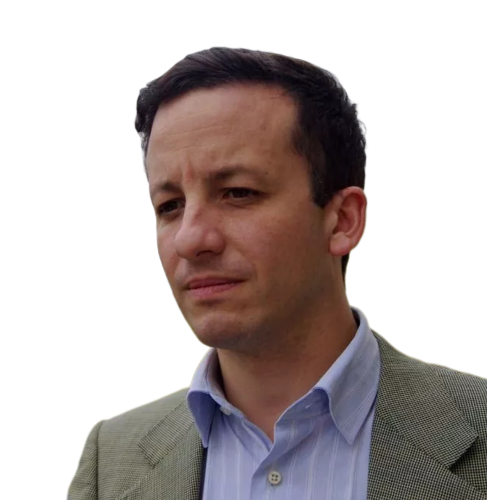Leadership styles are critical for empowering organizations toward change. Transformational leadership will be pivotal for the air force in unleashing the potential of its people to evolve to a new way of working. Advancing change and transforming people is, however, not a linear process, and grappling with the adaptive challenge requires more than simply focusing on technical problems.


















